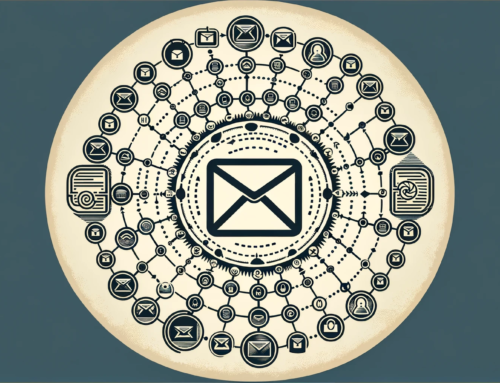Embracing Standardization in Employee Verification
In today’s fast-moving business world, it’s important for different systems to work well together, and having standard data formats helps a lot with this. This article investigates how the EmployeeID is used, which is a key part of Self-Sovereign Identity (SSI). The adoption group from DIDAS has worked on making sure this EmployeeID follows a set standard. Thanks to their work, we can now see how the EmployeeID can be used in real situations and think about how it can be used more in the future.
Demonstrating Real-World Applications
The practicality of the EmployeeID VC was tested in real-world scenarios by organizations SBB, AXA, Orell Füssli, and Swisscom. Together they showed the power of an interoperable eco system based on the credential “EmployeeID”. These demos showcased varied applications:
- SBB: Used the VC for external partners to access internal IT systems, replacing traditional username/password methods.
- AXA: Employed the VC to verify employment status for online insurance offerings.
- Orell Füssli & Swisscom: Utilized the VC to offer employee discounts in online shopping.
More information here: Successfully testing the potential of digital evidence from the private sector
Collaboration: The Key to Adoption
One of the primary goals was to ensure that the EmployeeID could seamlessly integrate into various ecosystems. This required a standardized approach that would allow different systems and organizations to interact without compatibility issues.
This process was not an isolated endeavor. It involved a collaborative effort from experts and stakeholders across different industries. By pooling their knowledge and insights, the group could identify and agree on the most relevant and sustainable attributes. This collaborative approach was instrumental in developing a schema that was not only effective for the present but also robust enough to stand the test of time and technological evolution.
The outcome of these pre-implementation discussions was a well-thought-out, standardized EmployeeID schema. This schema serves as a testament to the importance of foresight and collaboration in the digital age. By addressing the need for standardization and futureproofing at the initial stages, the EmployeeID schema was positioned to be an enduring and versatile tool, capable of adapting to the ever-changing business and technological landscapes.
The EmployeeID Schema
The EmployeeID schema incorporates various attributes, such as:
- Employee Core: A blend of personal and employer data.
- Employment Contract: Key contractual information like contract type and working hours.
- Role: The employee’s role and organizational unit.
- Office Address: The physical office location.
- Authorization: Specific access rights issued as separate VCs.
While many attributes are initially represented as free text in the logical schema, they should ideally be derived from predefined lists or tables for specific implementations. This becomes especially critical when exchanging information with other organizations, necessitating mutually agreed-upon value sets.
Detailed Schema: Detailed Schema of EmployeID
Conclusion
For organizations exploring use cases with SSI or sandbox environments, it’s crucial to engage with the DIDAS adoption group. This collaboration will help define a standard for your verifiable credentials, ensuring a unified approach and compatibility across different ecosystems.
In conclusion, the adoption of a standardized EmployeeID schema, as illustrated by DIDAS adoption group, is not just a technical necessity but a strategic move towards interoperability and efficiency in the digital age.
